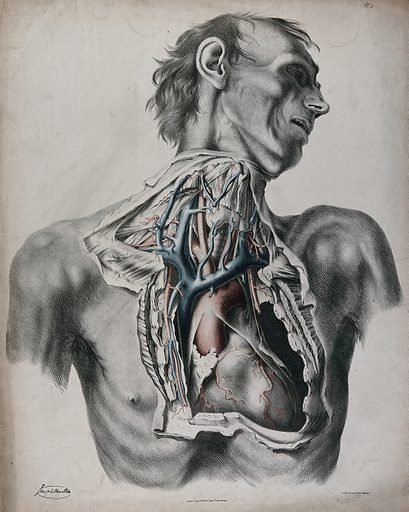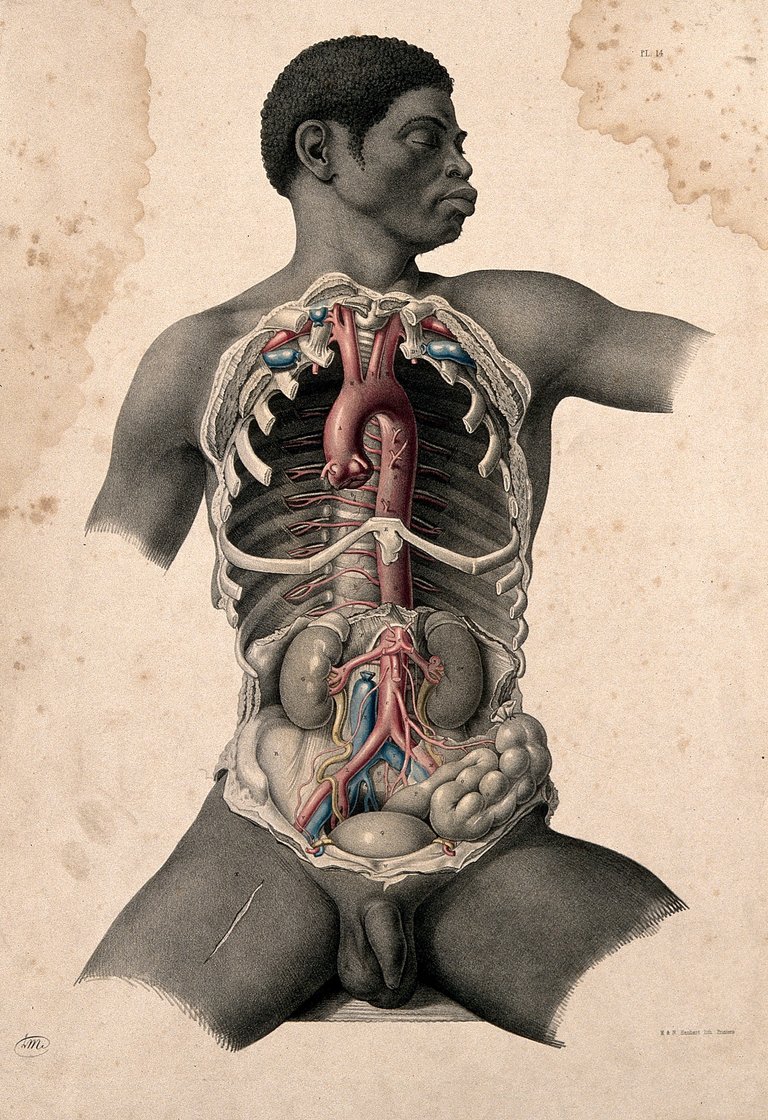The Evolution of Dissection: Unveiling the History of Human Anatomy Exploration
In our world today, we just mention having a surgical operation, and the next thing we are out of the operating table. We now take it for granted being that we come out alive and the previous conditions that took us to the operating table is no longer there and provided there are no complications, our lives are back to normal. While it looks like it opening and closing up a human is being cake, it is important to know that it started a long time ago, and bodies of humans were used as practical instrument to be able to identify where each organs are, and to be able to perform these surgeries successfully. Dissection has been for years, and before modern medicine, it is no doubt that people of different cultures have been cutting people open for different reasons.
When I mention dissection, I will be looking at postmortem opening and examination of a body either to study the internal anatomy of the body, and or for autopsy purposes. While I mention postmortem, it doesn't mean that we have not been opening living beings before. As far back as the paleolithic period, healers have been drilling holes into skulls of people in a process known as Trepanation so as to drive away demons.
In ancient Egypt, dissection was utilized in the embalming process. Organs were removed from the deceased and preserved, but anatomical knowledge was not a primary goal at this time. It was a practical procedure rather than an avenue for scientific exploration.
In china, they were looking at Qi and would dissect for spiritual reasons but then in India, it was quite different. Ayurveda is India's ancient science of healing and Indians documented dissection. In a book titled Susruta Samhita, Susruta in ancient india wrote about dissection and the method of preparation for dissecting human cadavers. He was able to dissect corpes of children and adults, counting fused bones and separate bone. This made it a process of science, rather than spiritual or curious purposes.
The ancient Greeks also made significant contributions to the understanding of human anatomy. While they primarily conducted dissections on animals, their insights provided a foundation for medical knowledge. Alcmaeon of Croton, around 500 BCE, dissected animals to explore sensory organs such as the eye, nose, ears, and tongue. He traced channels from these organs to the brain, contributing to our knowledge of cranial nerves. He also noted differences between arteries and veins.
Hippocrates also dissected animals because he believed in the humoral theory. He was able to se animals to explain a lot of things in anatomy including talking about the heart having an intrinsic electric activity, being red and having a pyramid shape, and while some of these weren't correct, they knew what they were doing.

https://www.lookandlearn.com
You will not forget Aristotle also, as he dissected animals as well for purpose of scientific knowledge. He provided essential insights into anatomy, such as the distinction between veins and arteries. While some of his conclusions were incorrect, his observations formed the basis for future medical investigations. Also paraxagoras also claimed that veins carried blood while arteries carry pneuma, and while this was incorrect, his student Herophilus corrected those errors by dissecting. He was able to tell that arteries were fill with blood but not air, they were also able to observe pulse in arteries as well as heartbeat. They were able to identify that the heart doesn't breath, and nerves started from spinal cord and the brain.
Galen was able to perform surgery on gladiators and was able to work on living humans as well as learn human anatomy. He did lots of researches and dissected more on animals such as pigs so as to be able to get lots of knowledge and observation such as the brain controlling the nervous system, kidney's work in urine production, differentiating oxygenated arterial blood from deoxygenated venous blood, and so on.
The history of dissection reveals a rich tapestry of cultural practices and scientific exploration. From early rituals in Egypt to the meticulous records of Indian scholars, and the contributions of Greek philosophers, all the way to the groundbreaking work of Herophilus and Galen, the quest to understand human anatomy has been a continuous journey of discovery. The practices of dissection have paved way for modern medicine and surgery, shaping our understanding of the complex structure known as the human body.
Reference
- https://www.osmosis.org/answers/trephination
- https://www.ncbi.nlm.nih.gov/pmc/articles/PMC7835115/
- https://www.ncbi.nlm.nih.gov/pmc/articles/PMC4582158/
- https://www.agaillinois.org/history.html
- https://bodyworlds.com/about/history-of-anatomy/
- https://www.ncbi.nlm.nih.gov/pmc/articles/PMC2816487/
- https://www.ncbi.nlm.nih.gov/pmc/articles/PMC5198827/
- https://www.ncbi.nlm.nih.gov/pmc/articles/PMC3039177/
- https://www.jstor.org/stable/20776341
- https://www.ncbi.nlm.nih.gov/pmc/articles/PMC2895866/
- https://academic.oup.com/book/6739/chapter-abstract/150827713?redirectedFrom=fulltext

Wow, it is no lie that a lot of people have been dissecting for a long time, some for science purposes and some for recreational or religious purposes. I always thought Aristotle was the only one who did a lot of dissecting but I didn't know that there were a lot of people who also did lots of learning with animal dissecting.
Thanks for your contribution to the STEMsocial community. Feel free to join us on discord to get to know the rest of us!
Please consider delegating to the @stemsocial account (85% of the curation rewards are returned).
Thanks for including @stemsocial as a beneficiary, which gives you stronger support.
Congratulations @merrymercy! You have completed the following achievement on the Hive blockchain And have been rewarded with New badge(s)
Your next target is to reach 45000 upvotes.
You can view your badges on your board and compare yourself to others in the Ranking
If you no longer want to receive notifications, reply to this comment with the word
STOP